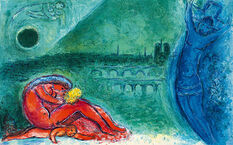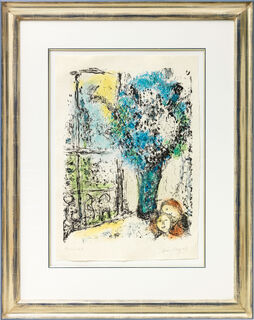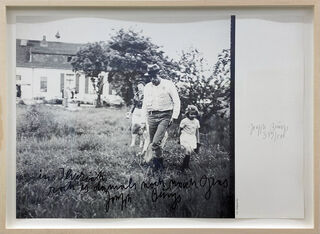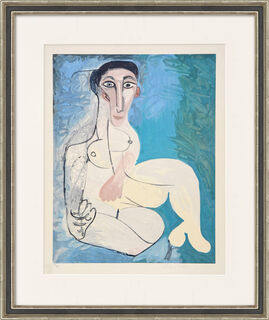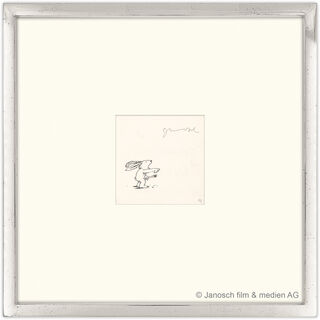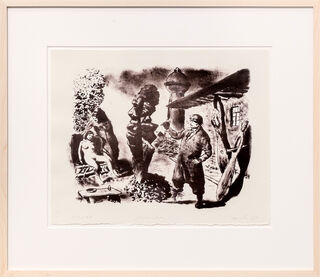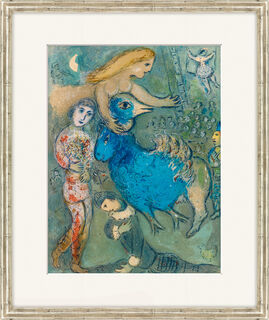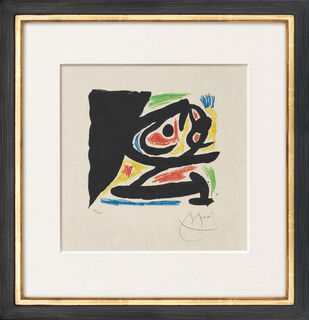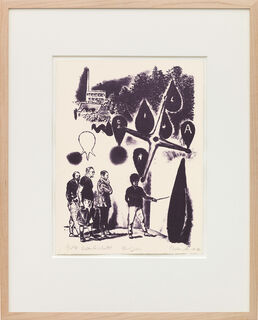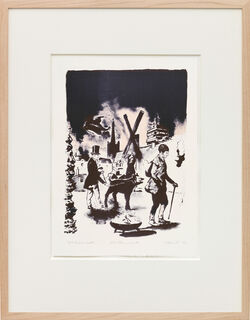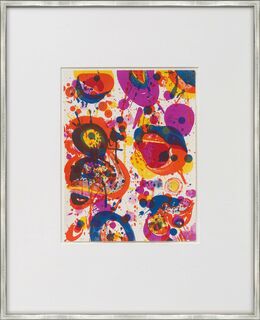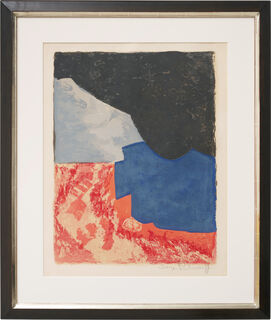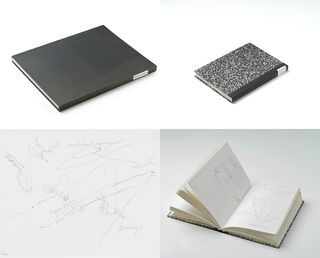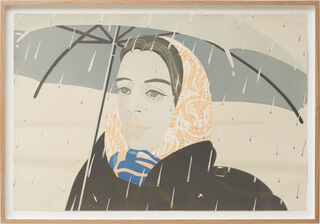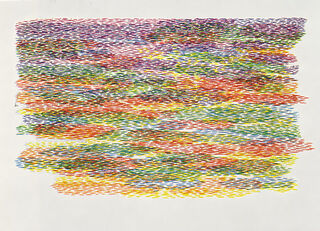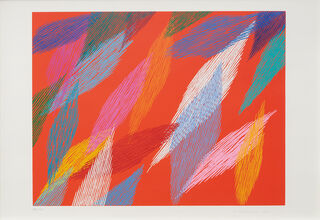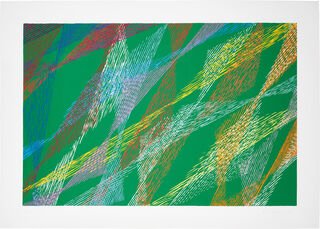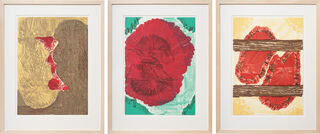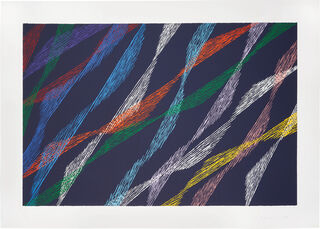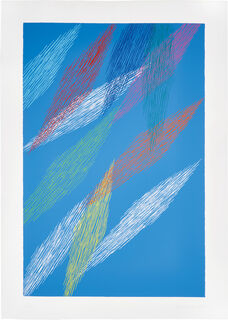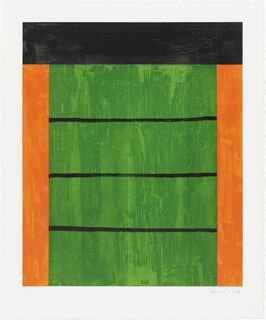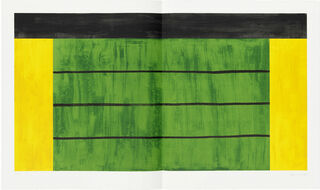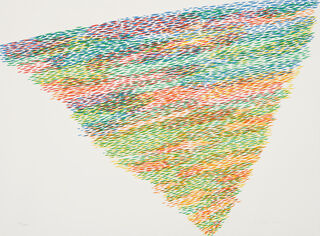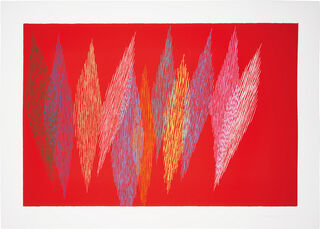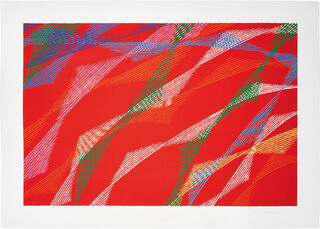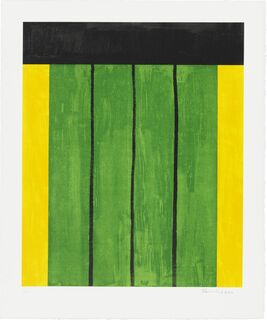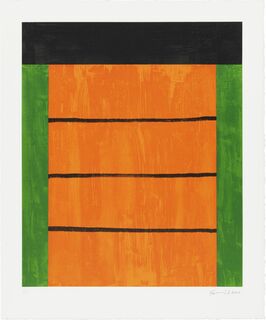Lithography
Lithography is the first planographic printing process.
With this technique the artist now draws his motifs laterally reversed on a fine-pored stone plate using greasy ink. The free areas of the plate are oil-repellent. Ultimately, the drawing remains as a greasy layer on the stone plate. The remaining parts of the plate do not take on any colour. Now a printing ink is applied. A new stone is required for each additional colour in the motif.
The printing stone can be ground down and reused, allowing for a large number of print runs. A mass-produced and inexpensive printing process was born. The boundaries between advertising and art began to blur. This became most visible in the work of the painter Henri de Toulouse-Lautrec (1864-1901). With a few colour stones in yellow, red, and blue for large formats, he created the prerequisite for the necessary signal effect of advertising and also produced posters himself.
In addition to Toulouse-Lautrec, Francisco de Goya, Honoré Daumier, Edvard Munch, Paul Cézanne, Emil Nolde, and Pablo Picasso are also famous for their lithographs.
All this was made possible by Alois Senefelder, whose inventions in Offenbach in 1799 allowed the first commercial use of lithography.

